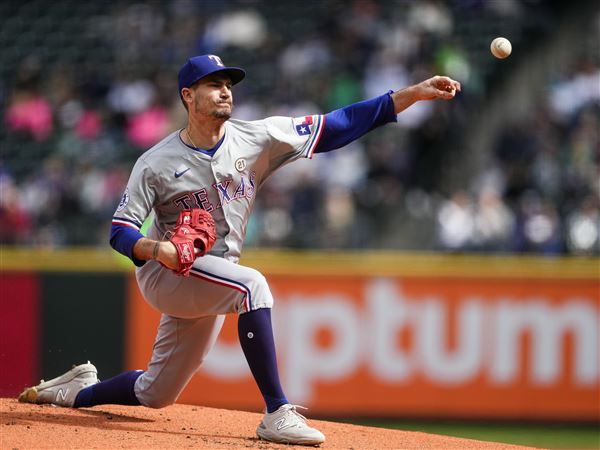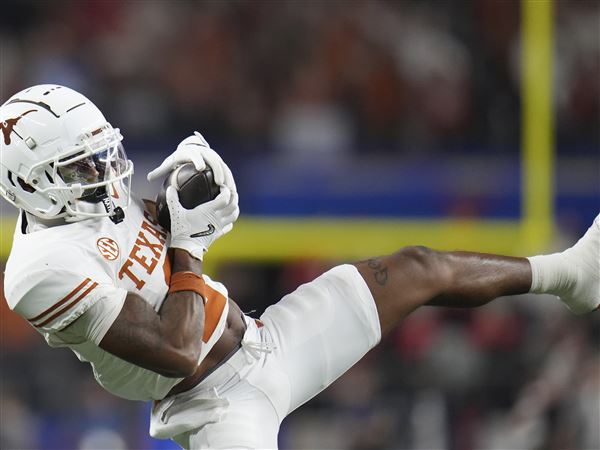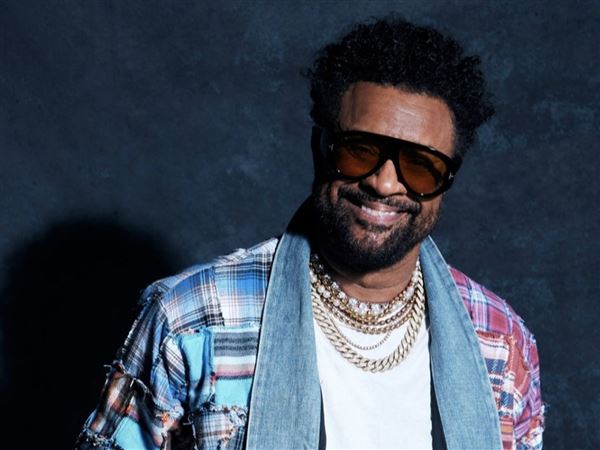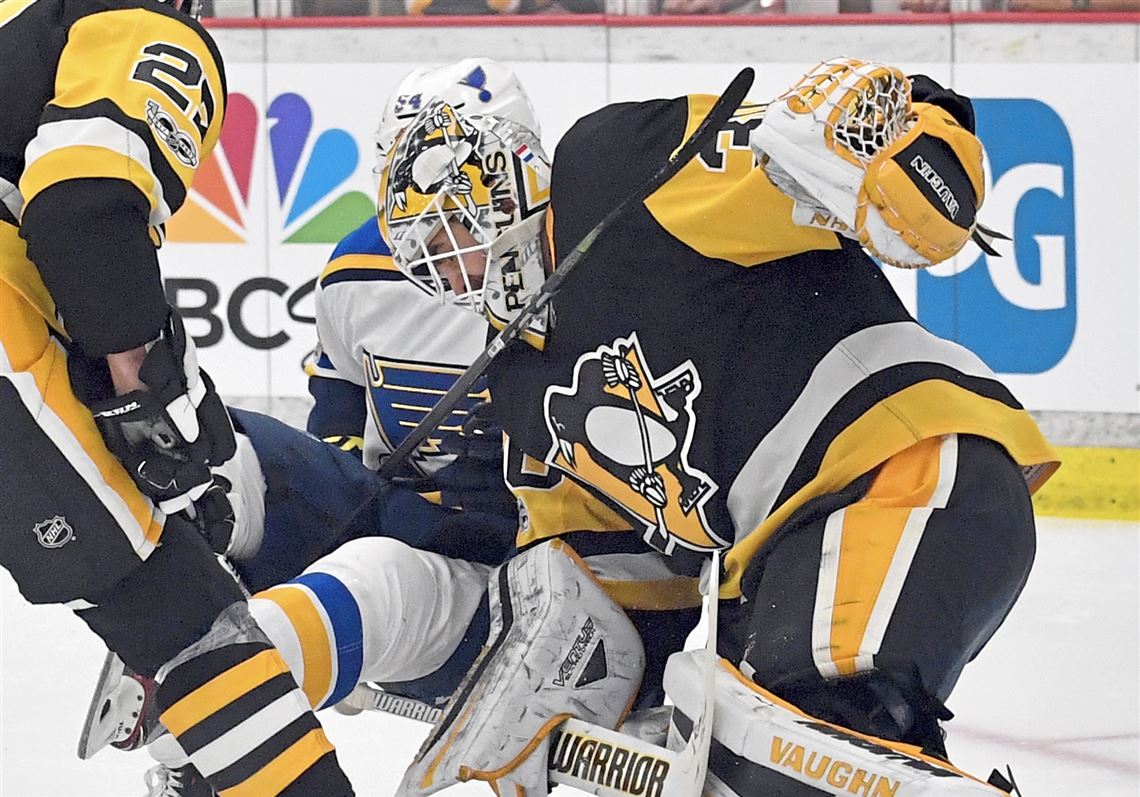CALGARY, Alberta — Although he plays a position where theoretically it should never happen, Matt Murray has been getting hit a lot.
He knows it, you know it, the Penguins know it. Who could’ve missed Murray shaking his head, trying to clear the cobwebs, last Saturday in Minnesota? Murray incurring contact seems to be a regular occurrence.
Last season, this infuriated Murray.
“I think it’s a bit of a problem in the league right now with goalies getting hit,” Murray told the Pittsburgh Post-Gazette in late January.
That trend really hasn’t gone anywhere when looking at the entire NHL, but it’s been especially prevalent when opposing teams play the Penguins.
The book to beat Murray evidently involves making sure the 6-foot-4 netminder has to fight through contact while opposing teams find themselves toeing the line of legality.
“For the last couple years I’ve noticed that I get hit a lot, in the head especially,” Murray said this week. “I think part of that is because I’m a bigger goalie, and I like to play over top of it. I like to really get my head forward.
“I definitely attack the puck more than other goalies do.”
In a way, Murray is blaming himself here. It’s how he likes to play the position: Don’t sit back, play on your toes — a phrase he uses often — with your head and hands overtop your skates.
“You’re sticking your neck out a little bit,” Murray said. “’Physically, not metaphorically.”
When opposing skaters attack the net, Murray continued, his body is extended into a volatile area. Taking the odd one off the head is inevitable. It’s the cost of doing business.
Doing anything about this is tough, Murray said. It’s similar to a quarterback waiting an extra second in the pocket for his receiver to burst open and taking a hit as a result. You just hope one isn’t too costly.
“You can’t let it affect your positioning.” Murray said. “That’s what they want when they’re running you. They want to back you up and make you think about it.
“You have to be willing to take a hit. You have to be loose enough where you can take a hit, and it’s not going to hurt you.
“You don’t want to fight it. You see it coming, accept it and hope for a penalty or a waived-off goal.You definitely don’t want to try too hard to avoid it because then it gets in the back of your mind, and you’re thinking about it.”
Murray, of course, has not let this affect his play.
Penguins goaltending coach Mike Buckley said he feels Murray “prepares himself very well for contact. … He’s in great shape. He can absorb contact.”
The injuries Murray has incurred to this point in his career might give fans a reason to disagree with that statement, but think back to how many were intentional or simply freak plays?
The biggest thing for Buckley — and the Penguins — is to make sure Murray’s puck-tracking remains solid, that he’s able to fight through traffic and contact to find rebounds and adjust to second-shot opportunities.
“His playing style, yeah, he can be a little bit aggressive,” Buckley said. “I think that keeps the opponent off-guard at times. He’s not going to change his game.
“I know there is a lot of potential contact and people coming around you. Sometimes that can be tough. It’s like a really good quarterback dropping back in the pocket, feeling the heat of the rush, and you still have to get the pass off.
“It’s the same thing for goaltenders. You still have to be able to focus on the puck, be aggressive, be aware of anything that’s coming.”
Jason Mackey: jmackey@post-gazette.com and Twitter @JMackeyPG.
First Published: November 3, 2017, 6:00 p.m.
Updated: November 4, 2017, 5:19 a.m.




















